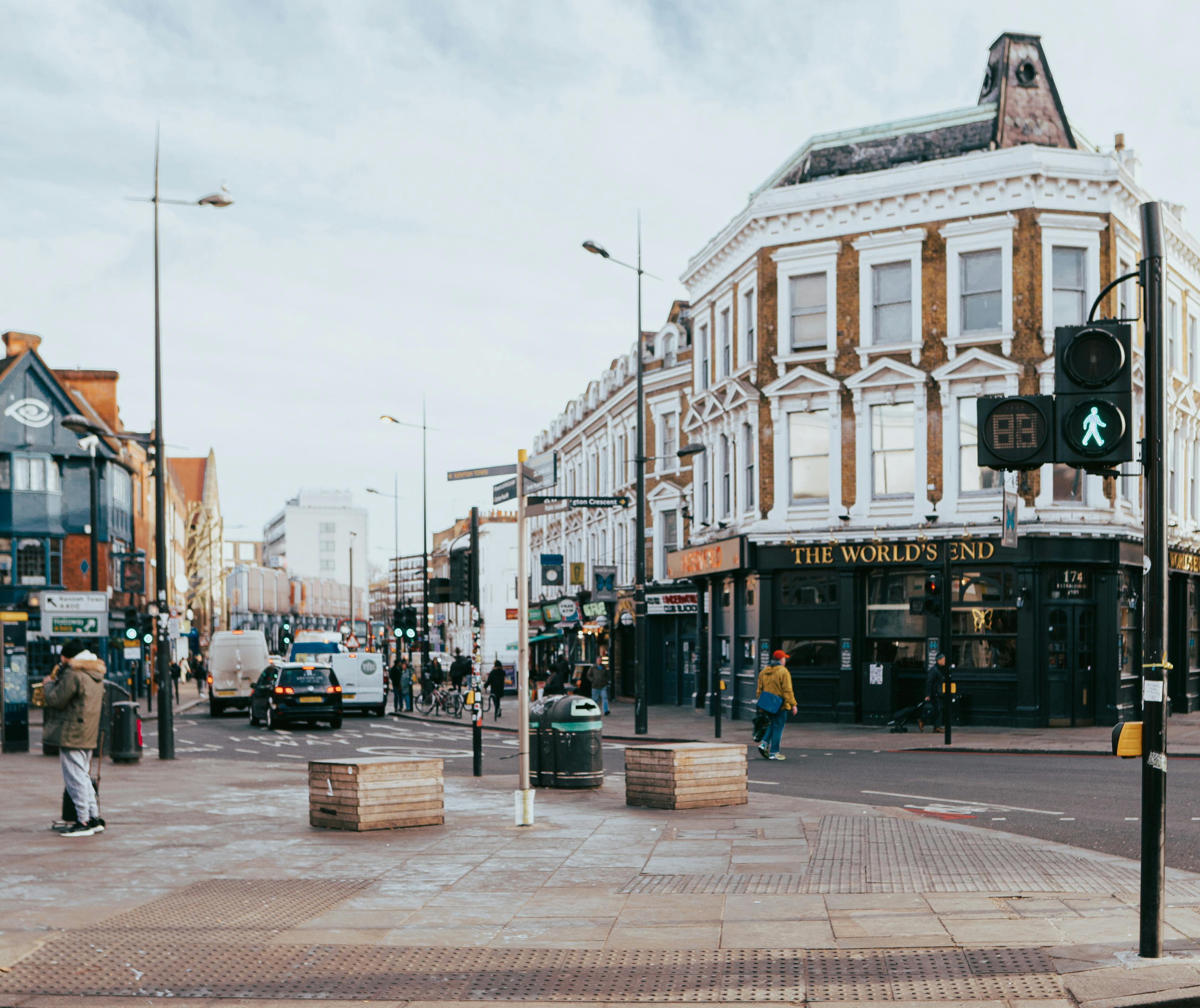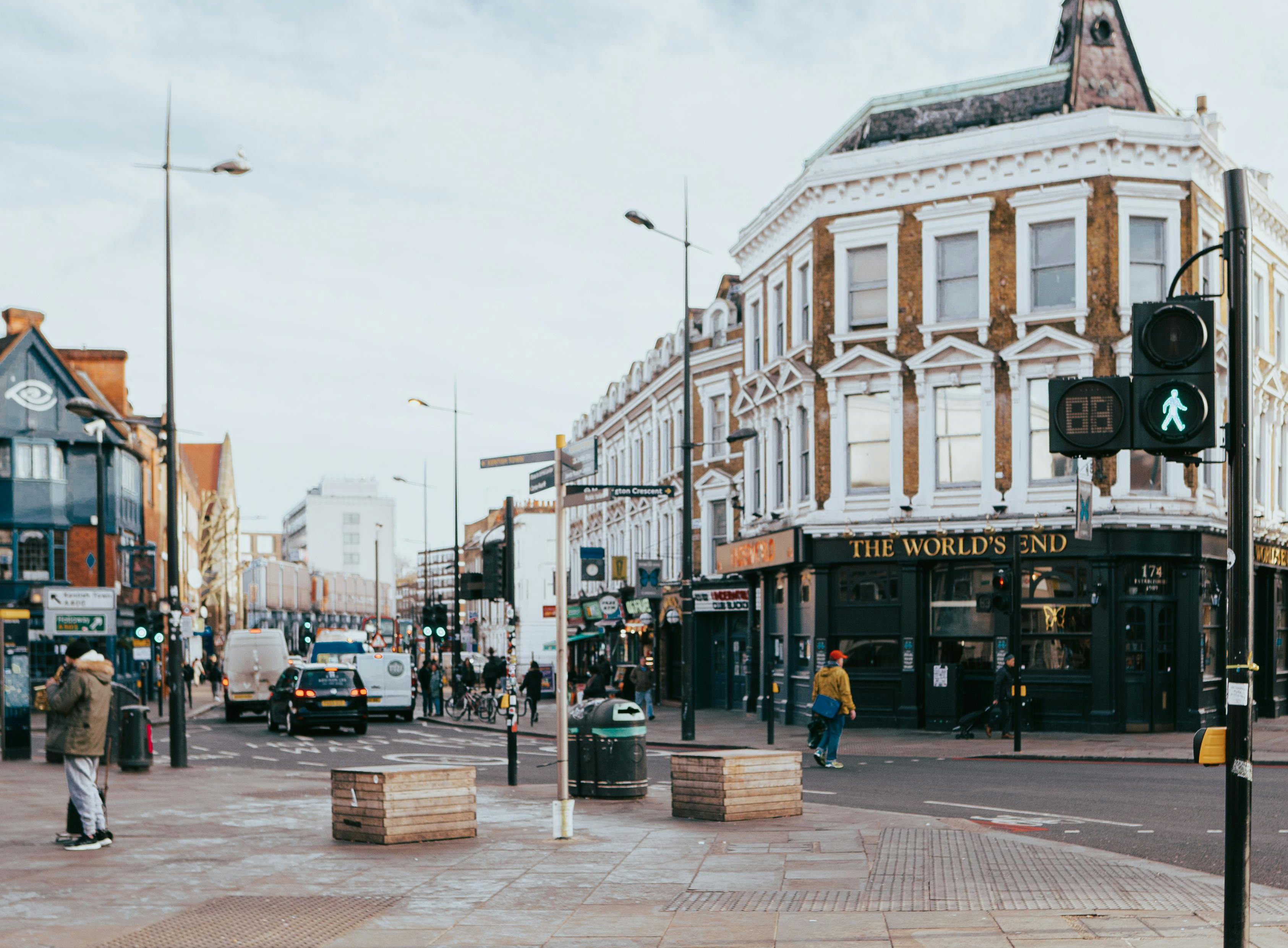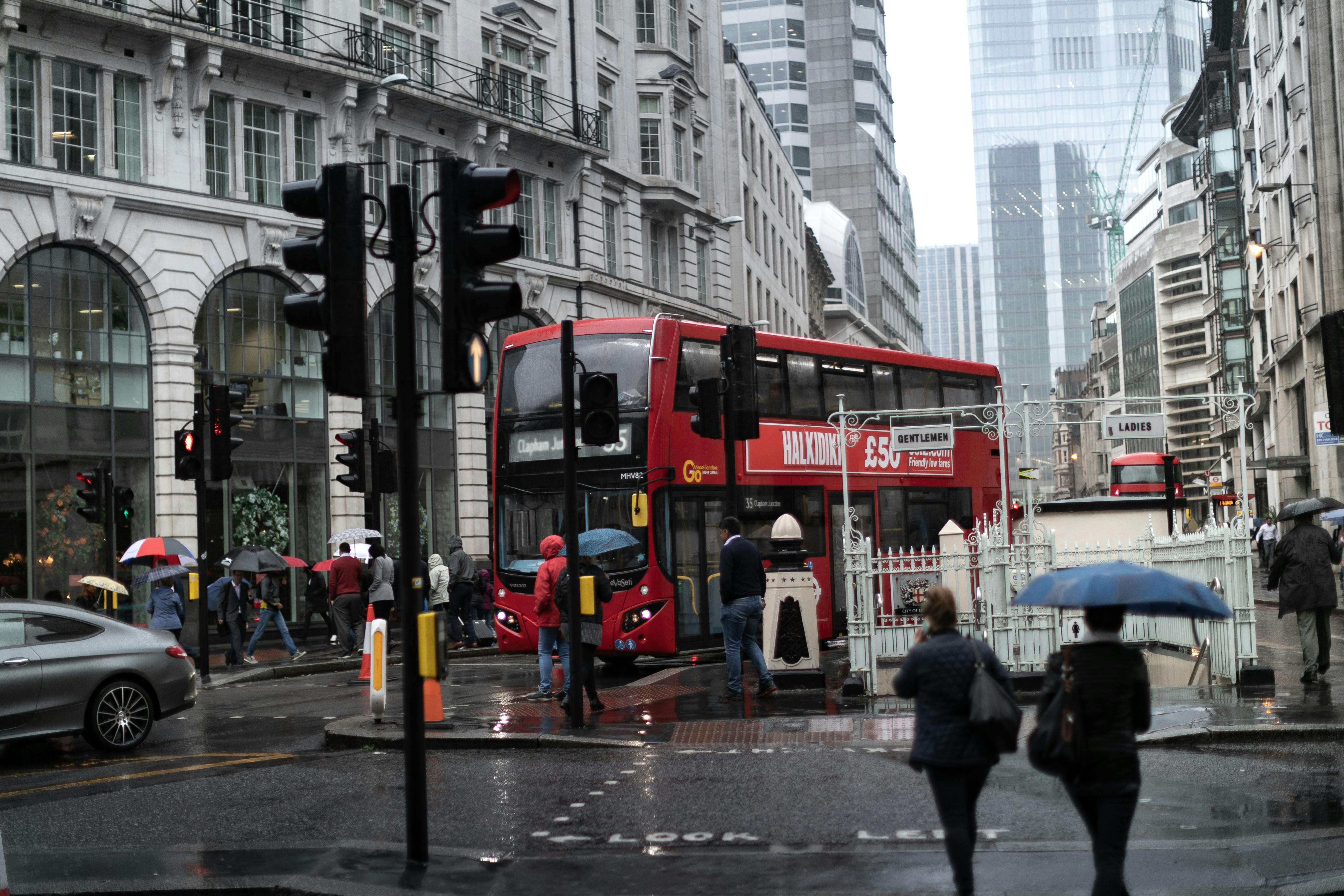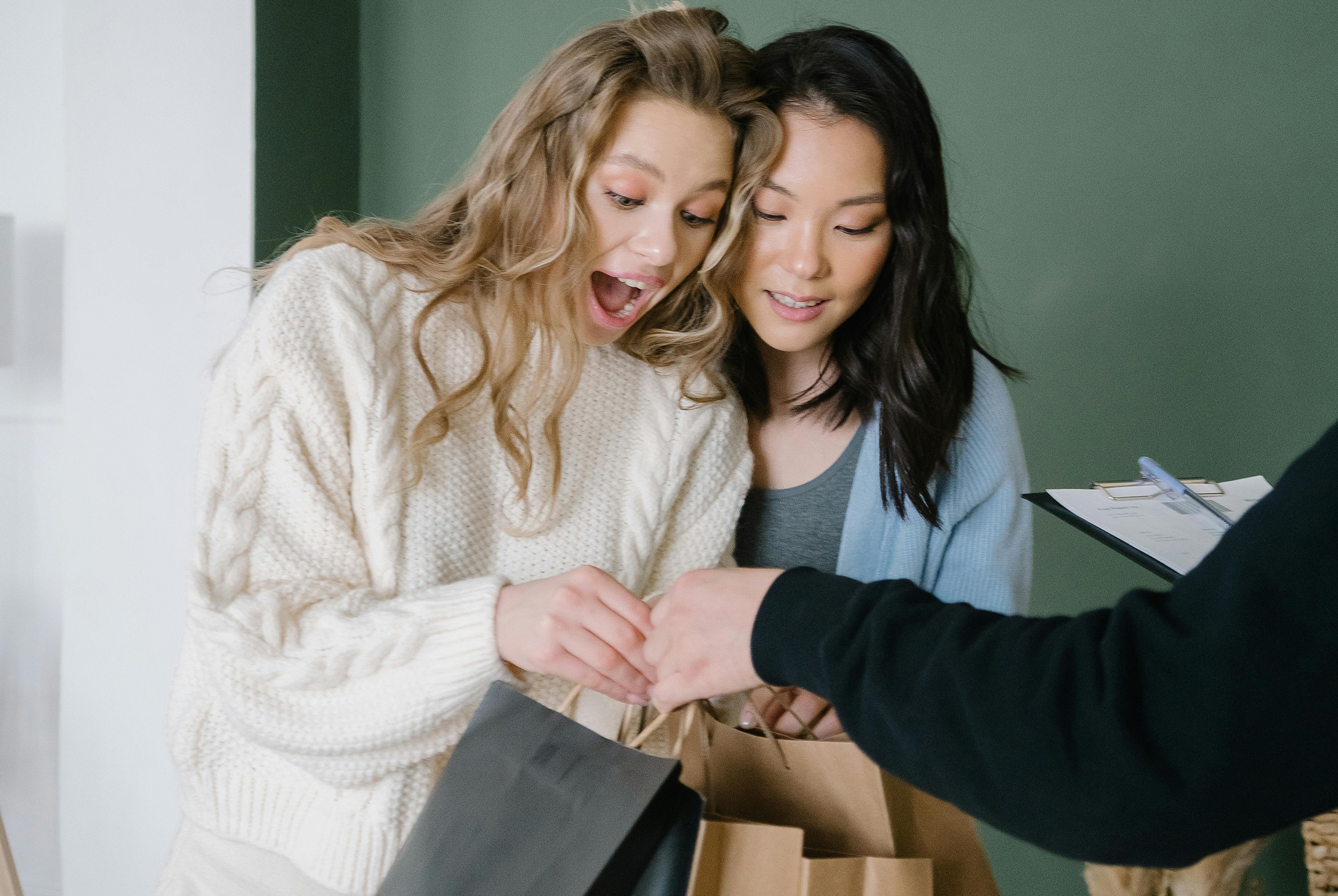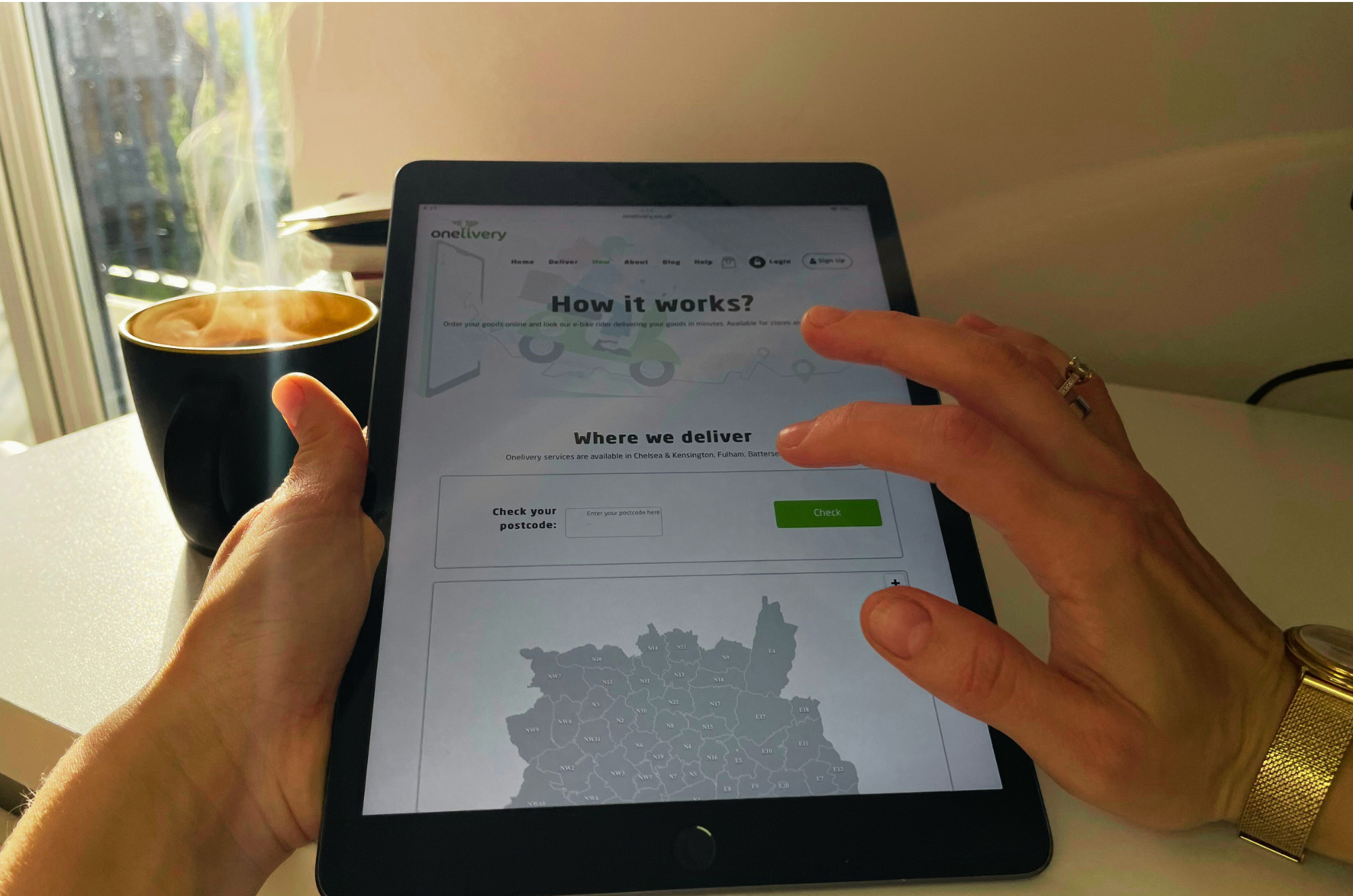Did you ever think about how much power you hold as a consumer? Your preferences and demands are not only influencing what products are available but also how they get to you. The final leg of the delivery journey, known as the last mile, has seen significant changes driven by customer demands. Let’s explore how lockers, same-day delivery, and pick-up points are transforming this crucial part of the supply chain.
Lockers: Convenience at Your Fingertips
Lockers are popping up everywhere, from shopping centres to residential areas. These secure, self-service kiosks offer a convenient alternative for receiving parcels. Customers can pick up their packages at any time that suits them, bypassing the need to wait at home for a delivery. Lockers also help reduce failed delivery attempts, which is beneficial for both consumers and delivery companies.
Same-Day Delivery: Instant Gratification
The demand for same-day delivery is skyrocketing. Customers want their purchases fast, often within hours of clicking the "buy" button. This expectation has pushed companies to streamline their logistics operations, optimise delivery routes, and even establish urban warehouses. Retailers like Amazon have set a high bar, and others are following suit, offering same-day or even one-hour delivery options to meet this growing demand.
Pick-Up Points: Flexibility for Busy Lifestyles
Pick-up points offer a flexible solution for those who can’t be at home to receive deliveries. Located in convenient places such as local shops, petrol stations, and supermarkets, these points allow customers to collect their parcels at a time that fits their schedule. This method not only enhances convenience but also supports small businesses by driving foot traffic to their locations.
Data-Driven Efficiency
Behind the scenes, data analytics is playing a critical role in shaping the last mile. Companies are using sophisticated algorithms to predict demand, optimise delivery routes, and manage inventory. By analysing customer data, businesses can anticipate when and where deliveries will be needed, making the entire process more efficient and reducing delivery times.
Sustainability Considerations
As customer awareness of environmental issues grows, so does the demand for sustainable delivery options. Companies are responding by investing in electric vehicles, optimising delivery routes to reduce emissions, and offering eco-friendly delivery options. Some businesses are even using bicycles for last-mile deliveries in urban areas, contributing to a greener and cleaner environment.
Customer Communication and Transparency
Customers now expect real-time updates on their deliveries. Transparency about the delivery process, including tracking and estimated arrival times, has become a standard expectation. Companies that provide clear and accurate communication are more likely to gain customer trust and loyalty.
The Role of Technology
Technological advancements are central to meeting these evolving customer demands. From automated sorting centres to AI-driven logistics platforms, technology is enabling faster, more reliable, and more flexible delivery options. The integration of smart devices and IoT (Internet of Things) is also enhancing the precision and efficiency of last-mile deliveries.
Customer demands are undoubtedly reshaping the last mile of delivery. The rise of lockers, same-day delivery, and pick-up points are just a few examples of how businesses are adapting to meet these expectations. As technology continues to evolve and sustainability becomes a more significant concern, the last mile will continue to transform, driven by the power of consumer choice.

